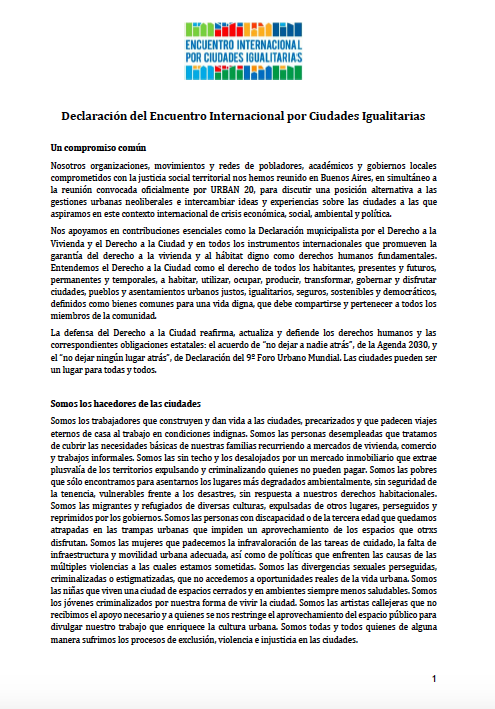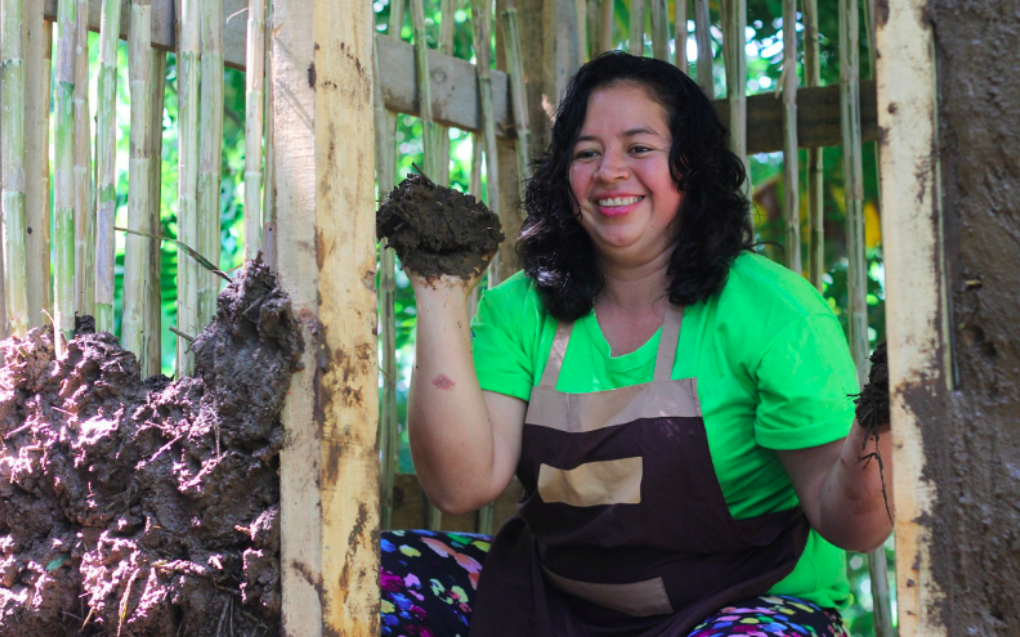The Brazilian experience analyzed here takes place within a context in which neoliberalism and neo-populism are creating ever more difficult living conditions for those who are excluded from the city.
Nevertheless, the popular movement has organized to resist and to implement innovative projects, and furthermore, to propose policies supporting popular initiatives. The city of Fortaleza in northeastern Brazil is a good example of this phenomenon. It is faced with increasing urban poverty, and new marginal neighbourhoods are being formed every month. Its popular movement is quite active in defense of the basic needs of the population.
The “Communities” urban development program, implemented since 1992 in the Metropolitan Region of Fortaleza represents a change in scale in relation to former experimental projects involving NGOs, municipal governments, and community organizations.
This change in scale involves the production of 1000 houses in 6 subdivisions, generating 500 jobs, and the development of a Training Unit under the charge of a Council of Integration.
In this Council, which meets every month, each household has one vote and the right to express its opinion in relation to a shared and participatory program whose management involves important financial resources. The organizations involved are as follows; 4 community organizations, 3 state level government agencies, 4 municipalities, 2 universities, and one federal level technical school, all of which elect delegates to this decision-making created through governmental decree.
This case study, presented by the Communities Program, bases its analysis on testimonies collected from the participants in the Council on the following subjects:
-the functioning of the Council,
-the relationship among the various actors,
-the capacity for change in the relationship between the government and civil society, and
-the difference between the original intentions of this process and its actual operation.
The participation of the actors clearly demonstrates the Council for Integration to be an effective and adequate instrument for shared, participatory urban management.
New relationships have emerged between civil society, the government, and the universities, representing a genuine space of expression and decision-making for communities and for municipalities in their relationships with the state government.
The limitations of the Council are due in part to the still limited ability of the organization to occupy this new space and in part to the limited decision-making capacity of the municipal representatives, who are actually only technical advisors, far from the center of decision-making.
In these new relationships between community organizations and the government, on a municipal or state level, NGOs played a decisive role in developing links and facilitating dialogue, as well as in introducing various innovations.
Since the Communities Program represents a broad and open space for international technical cooperation, we are presenting certain conclusions and recommendations, regarding:
a) the need for NGOs to have the right to a voice and a vote in spaces such as the Council for Integration;
b) the need for multiple sources of financing;
c) the possibilities of joint work involving South-South cooperation.




